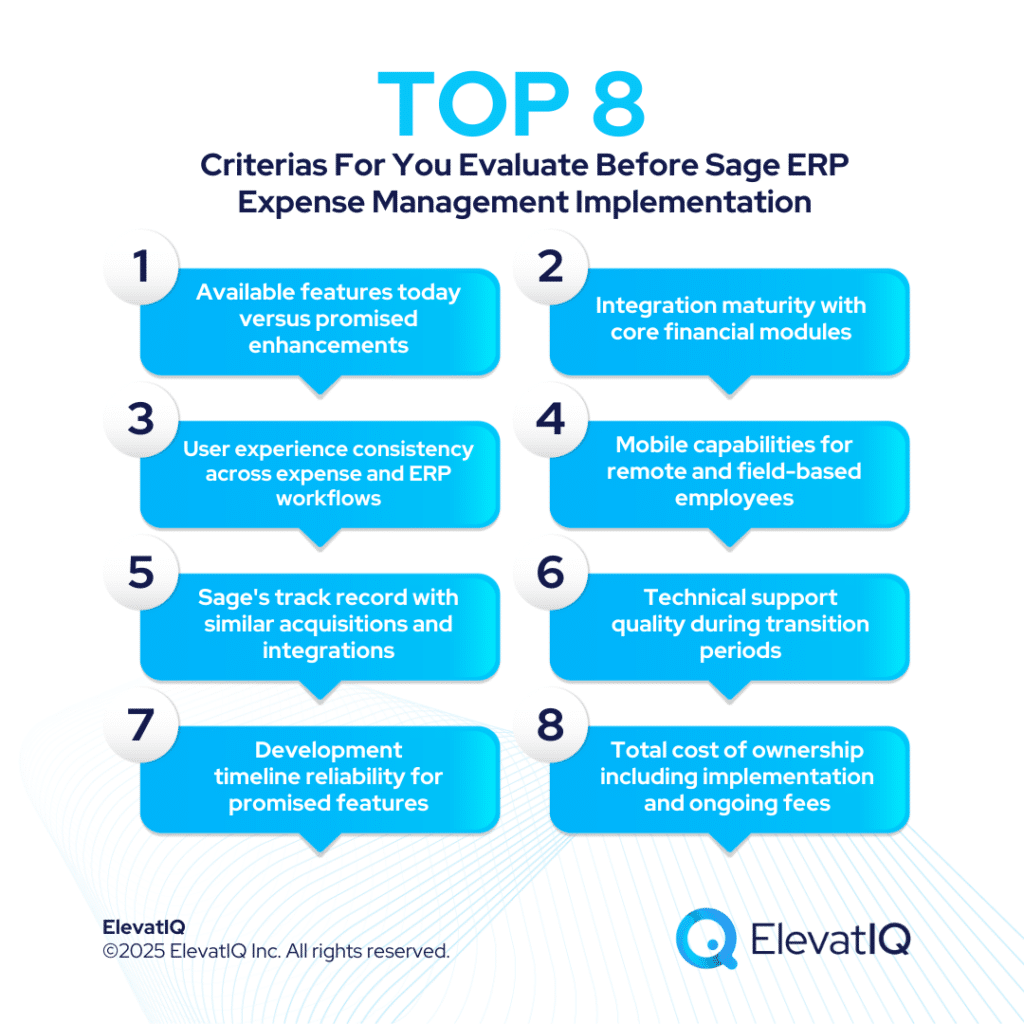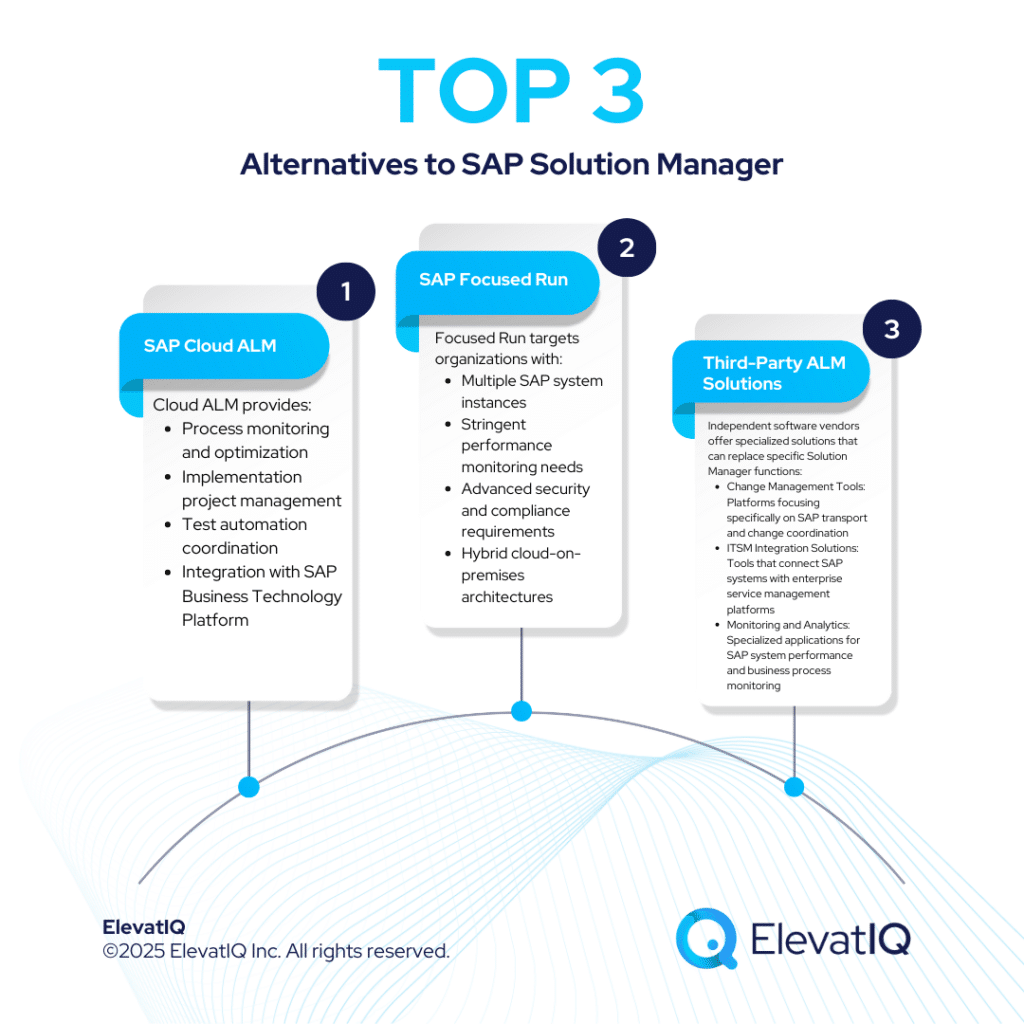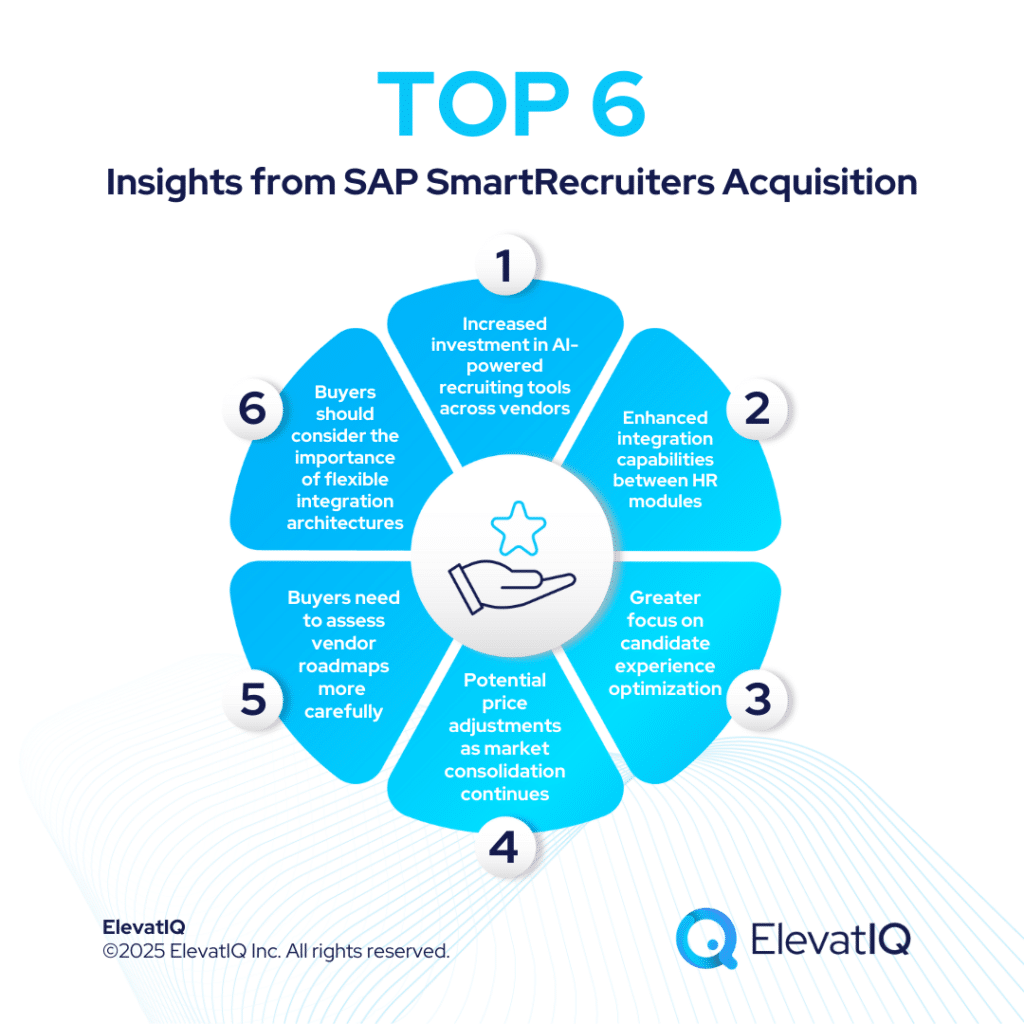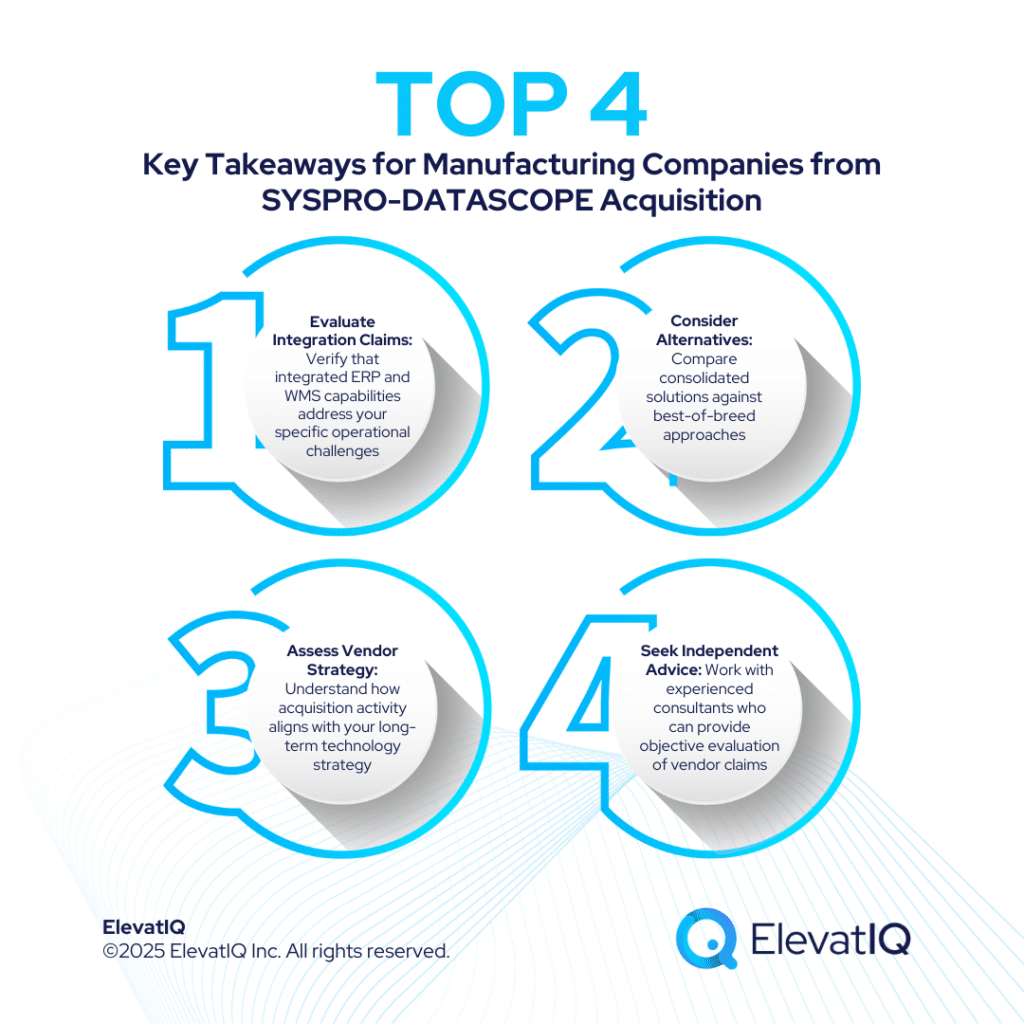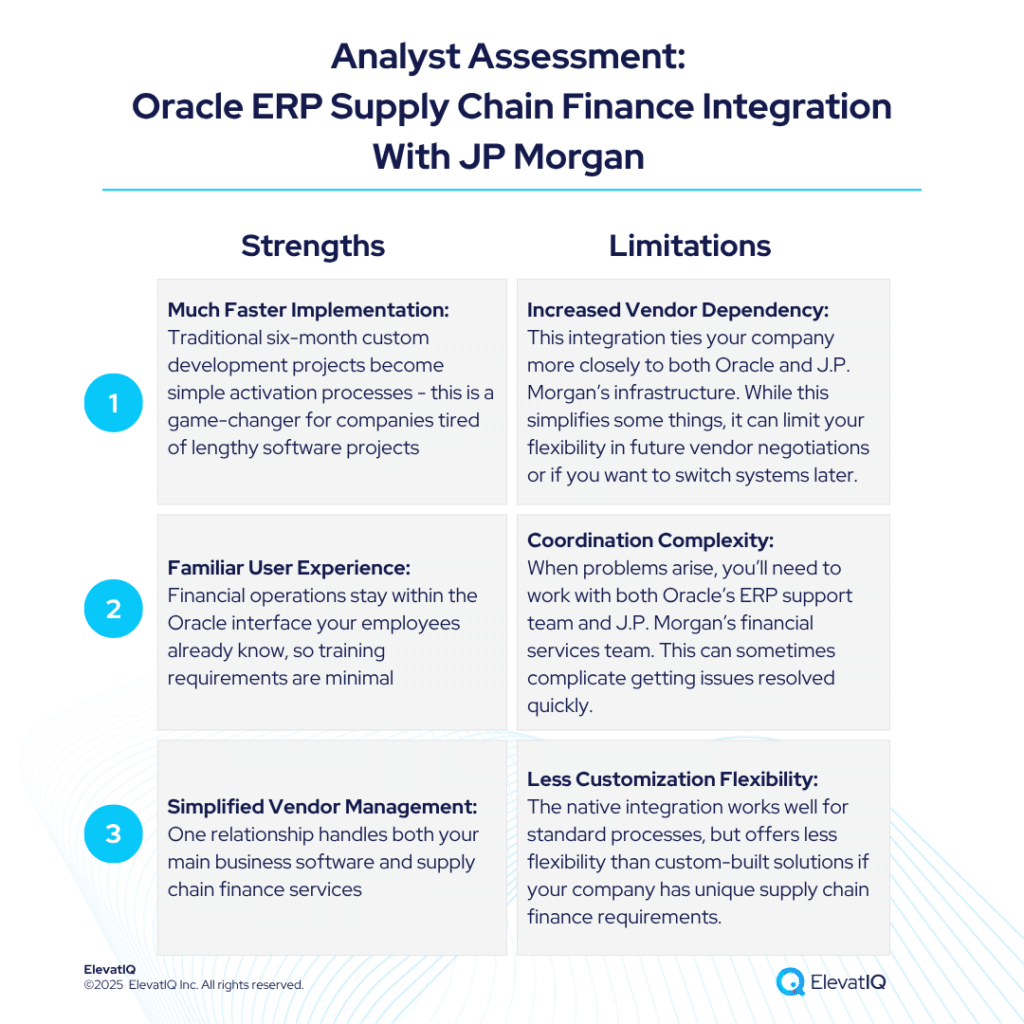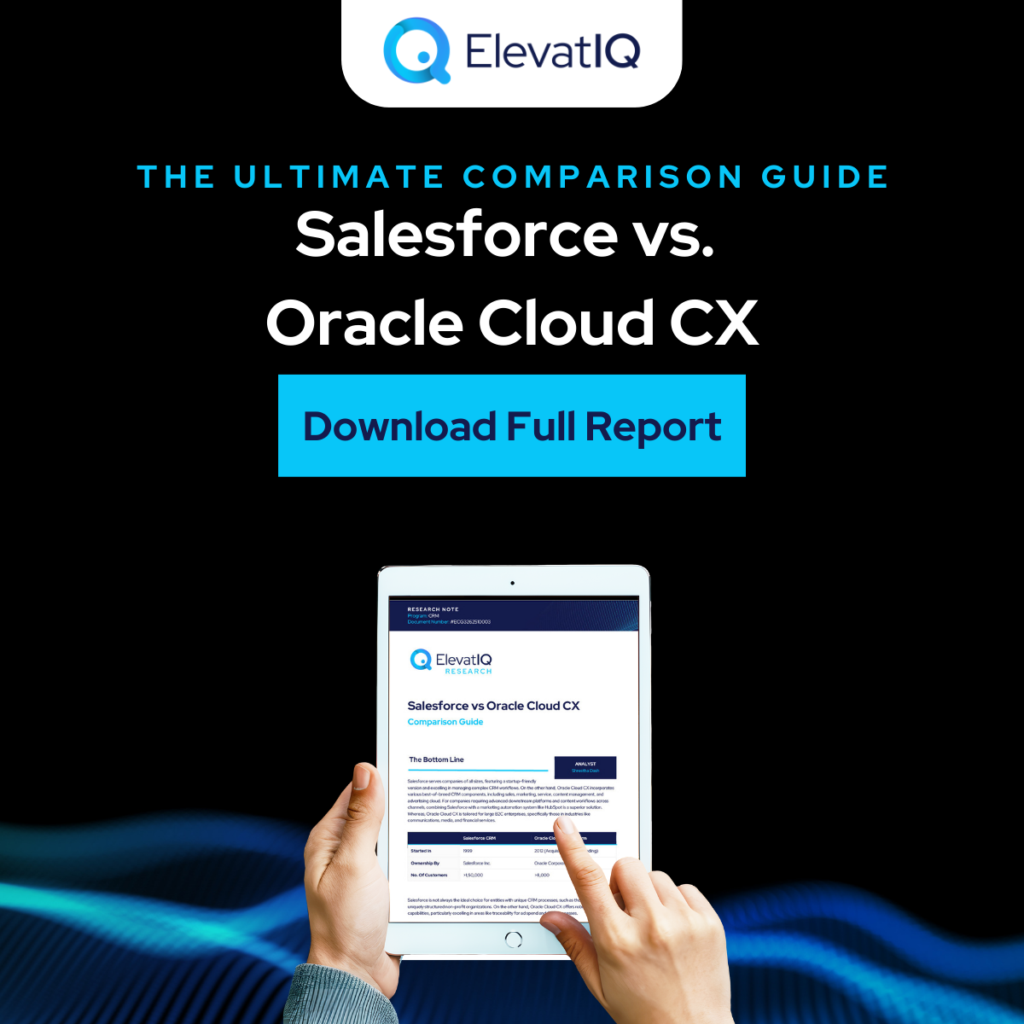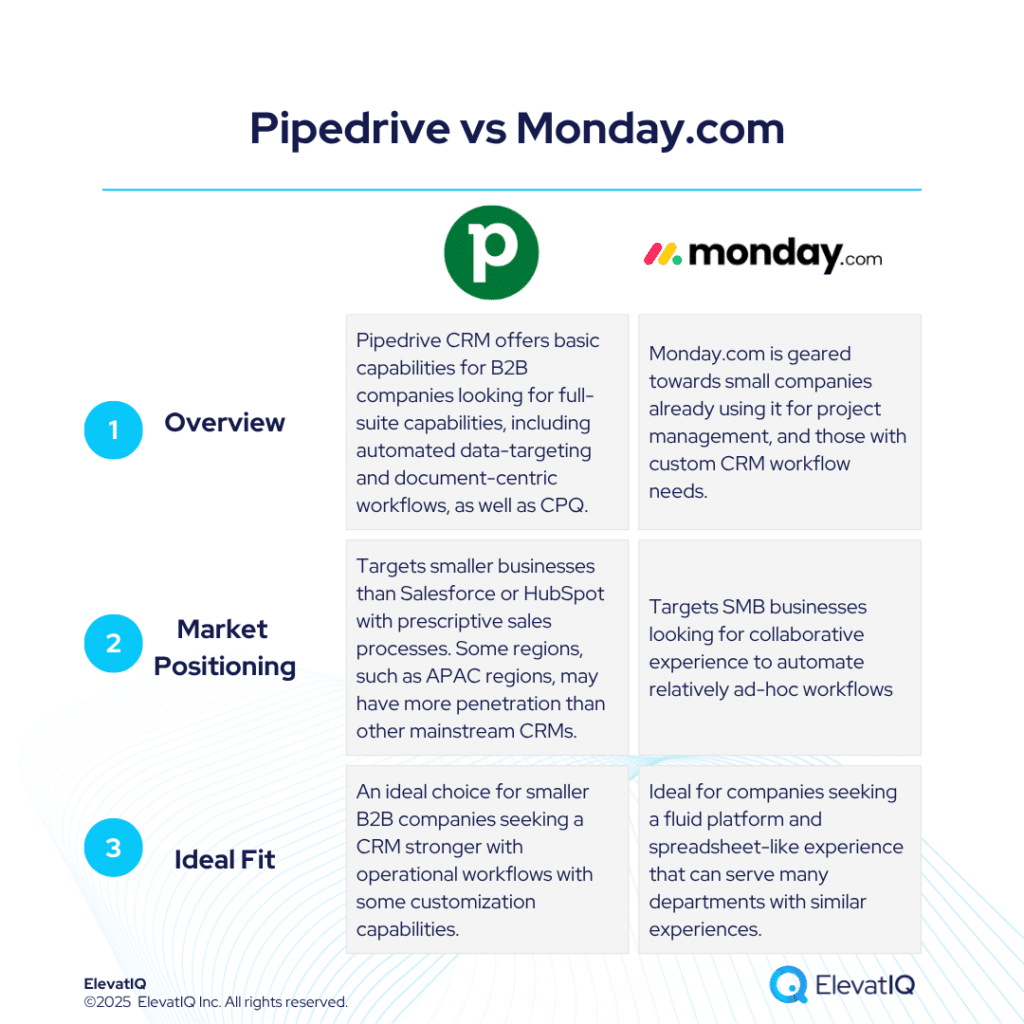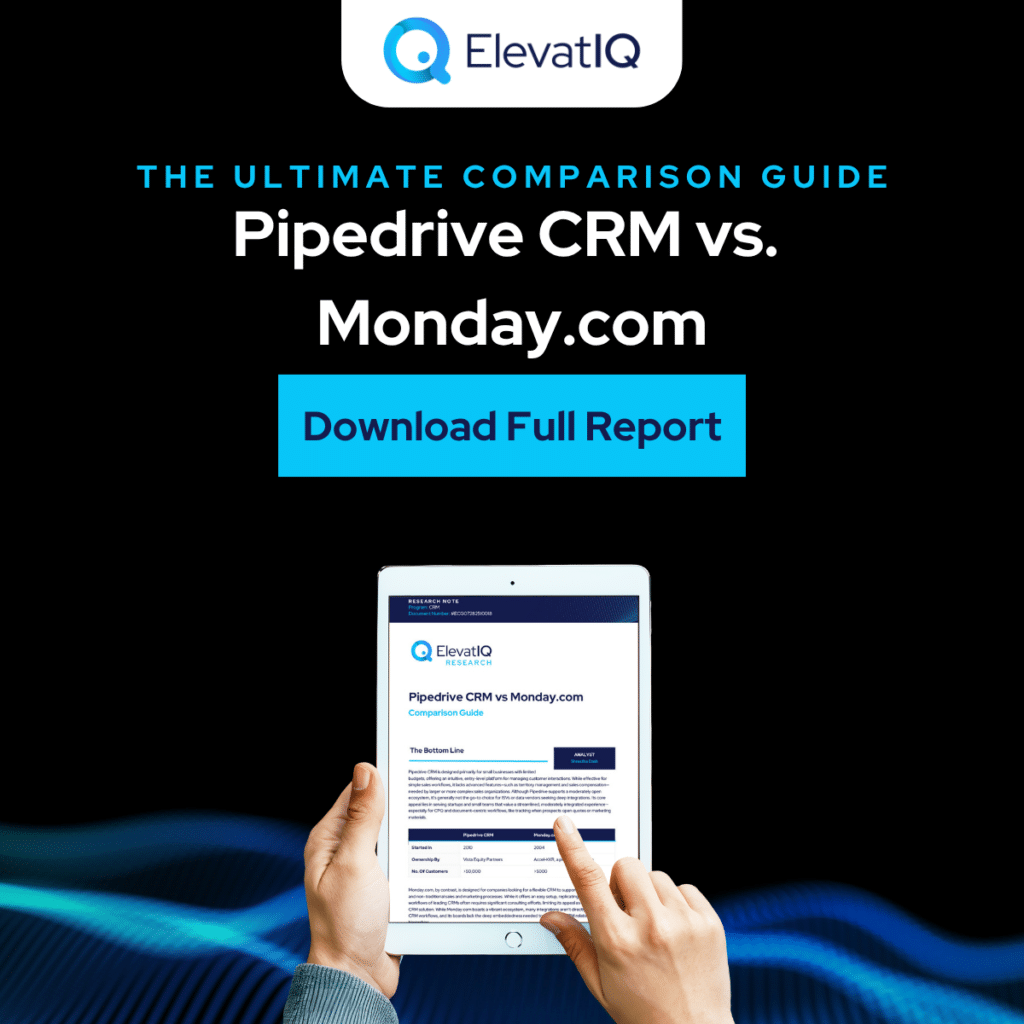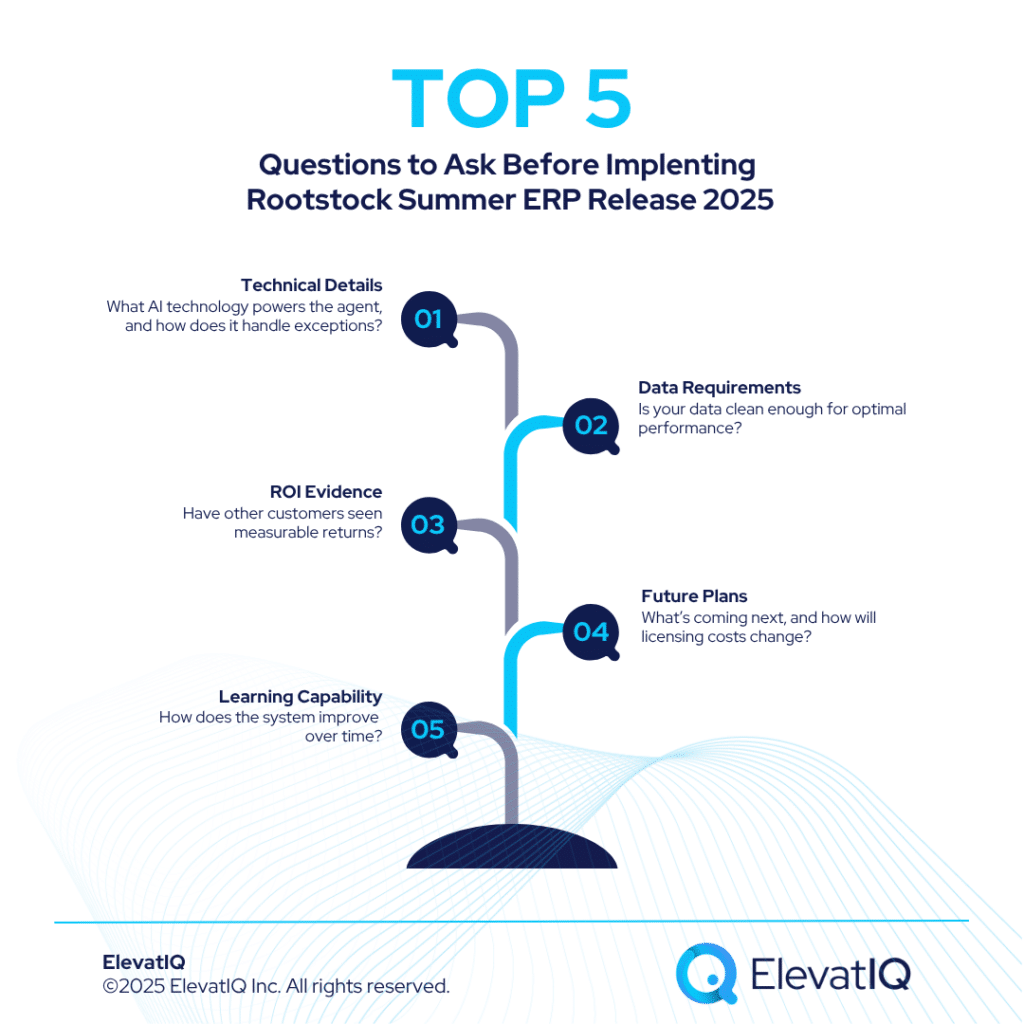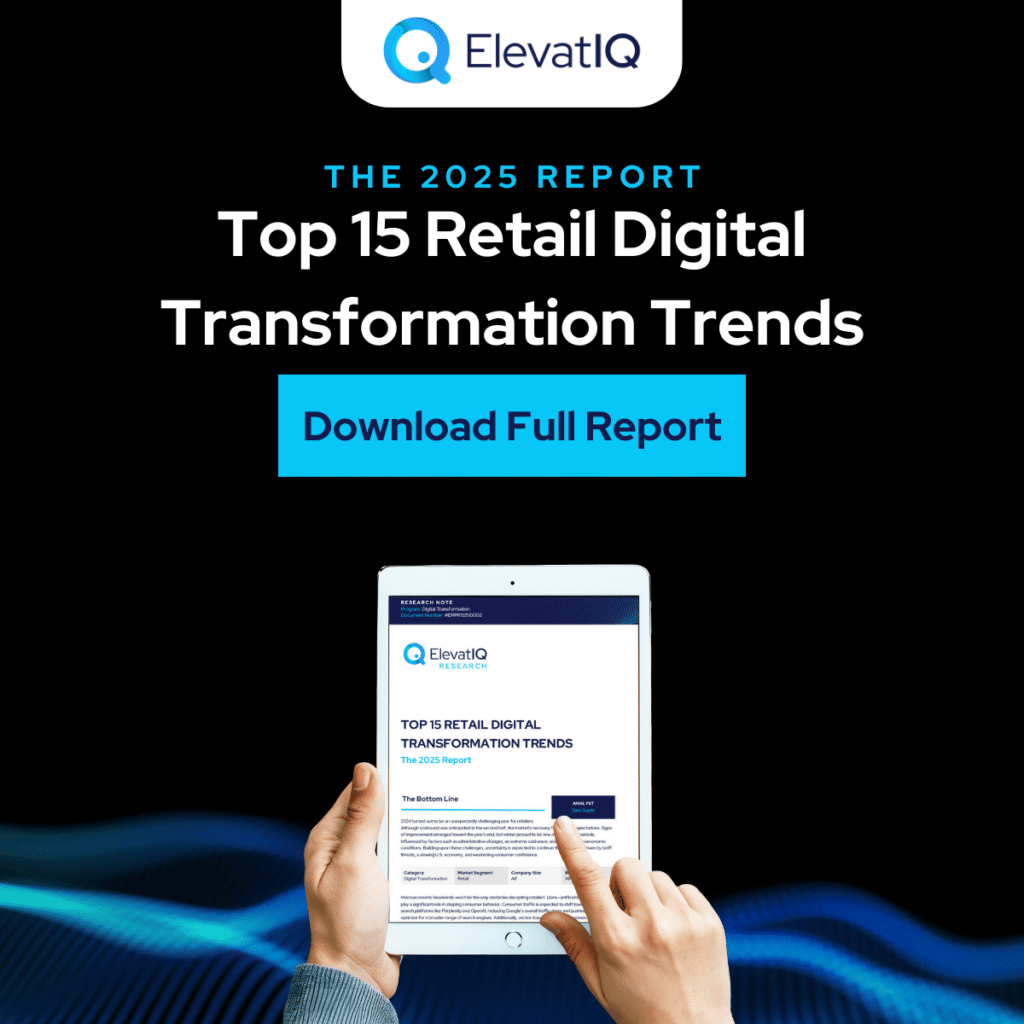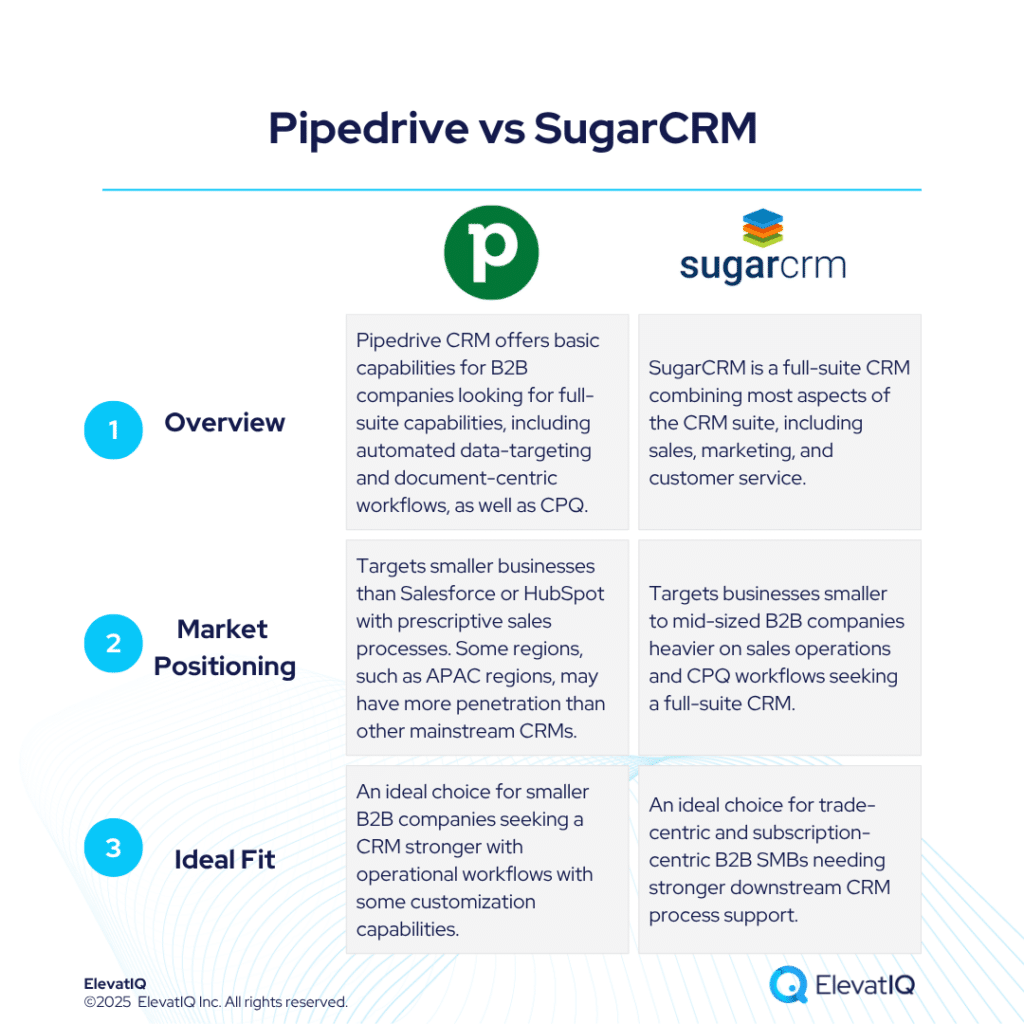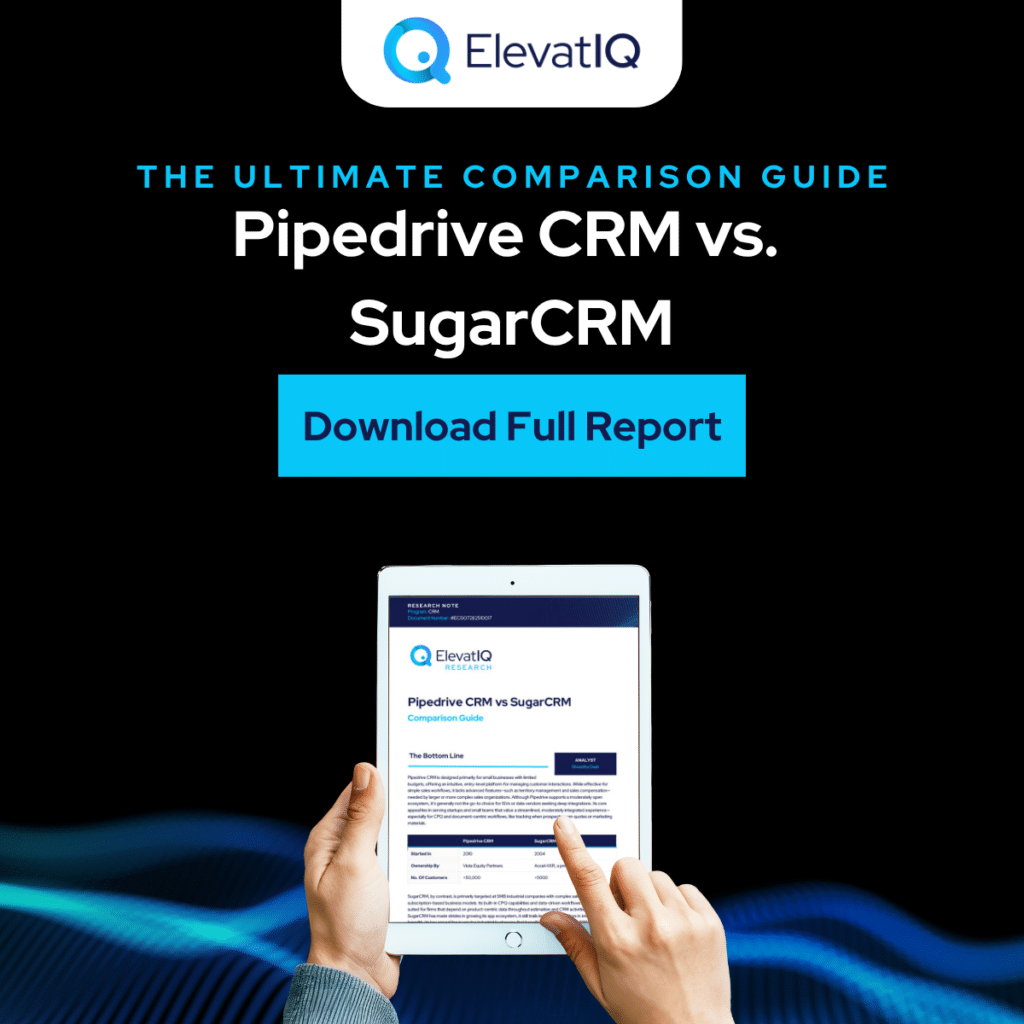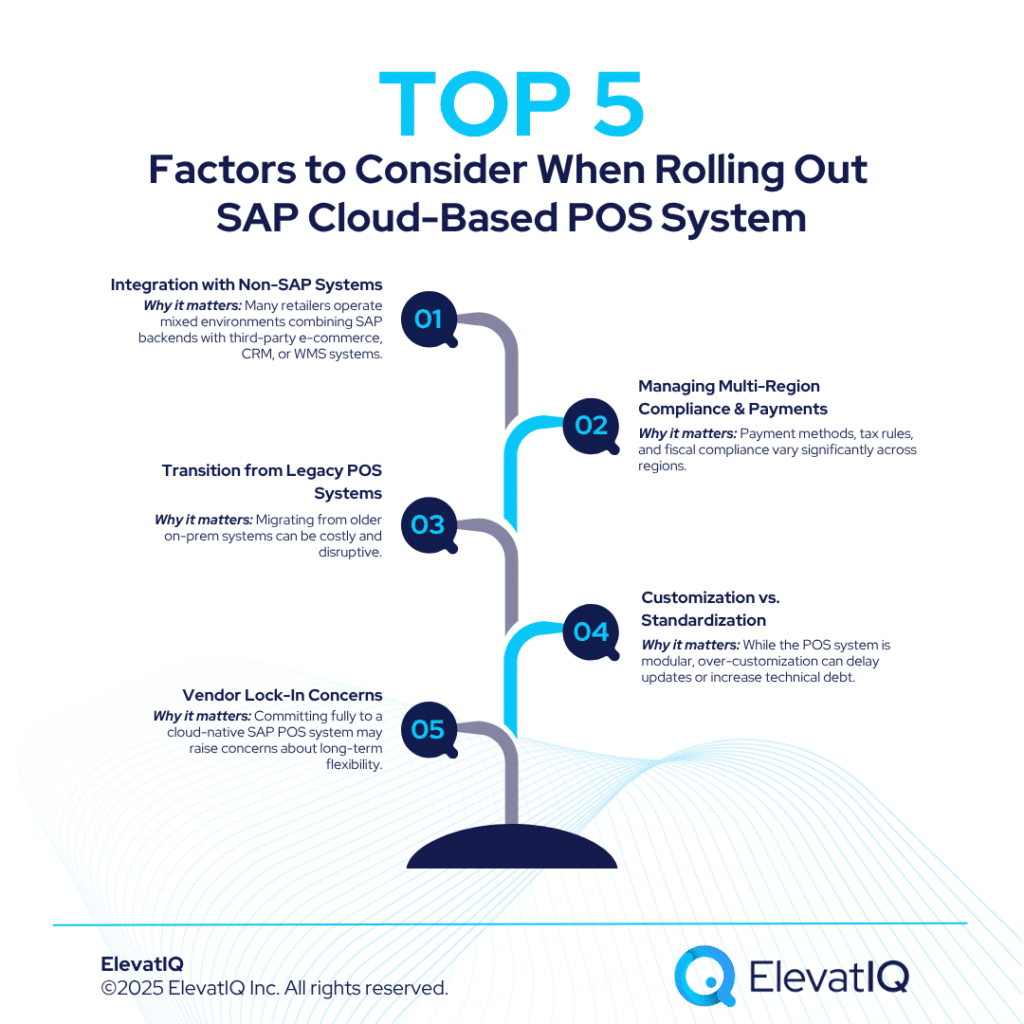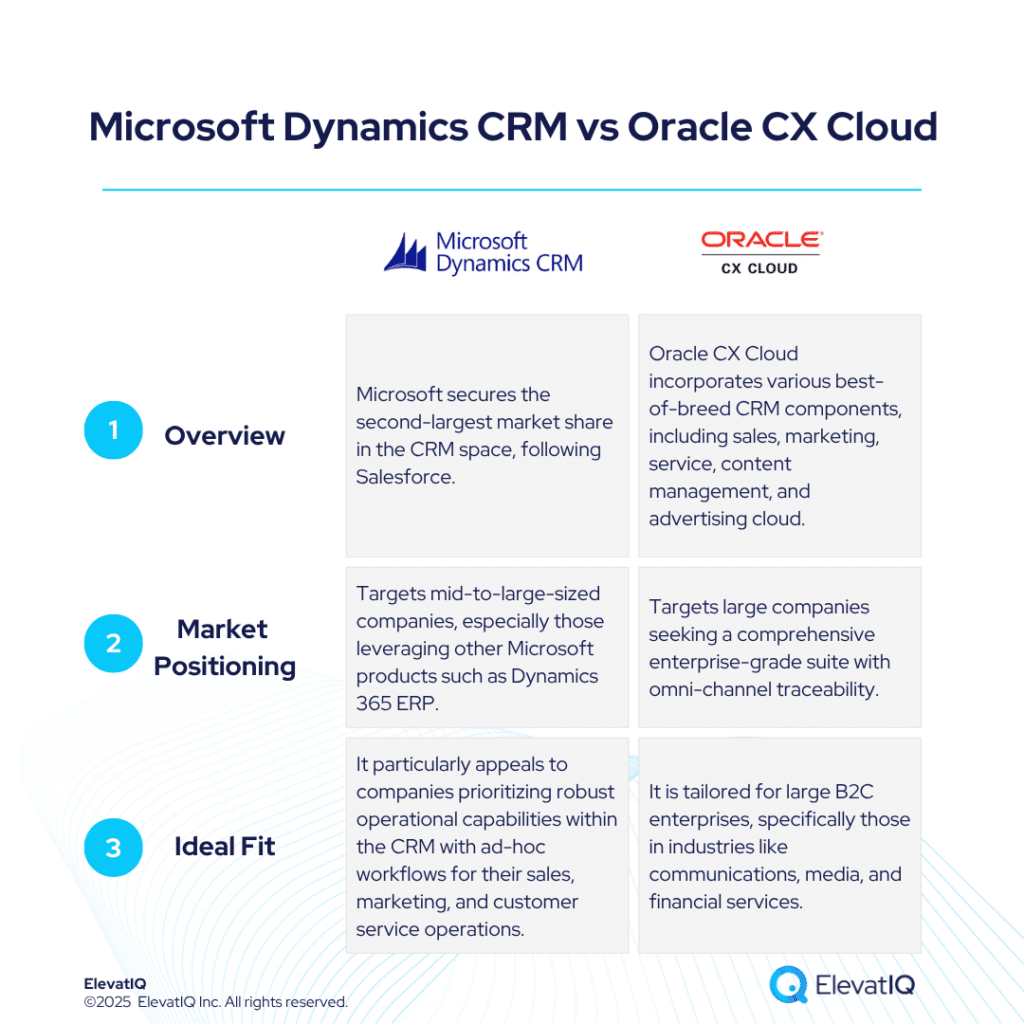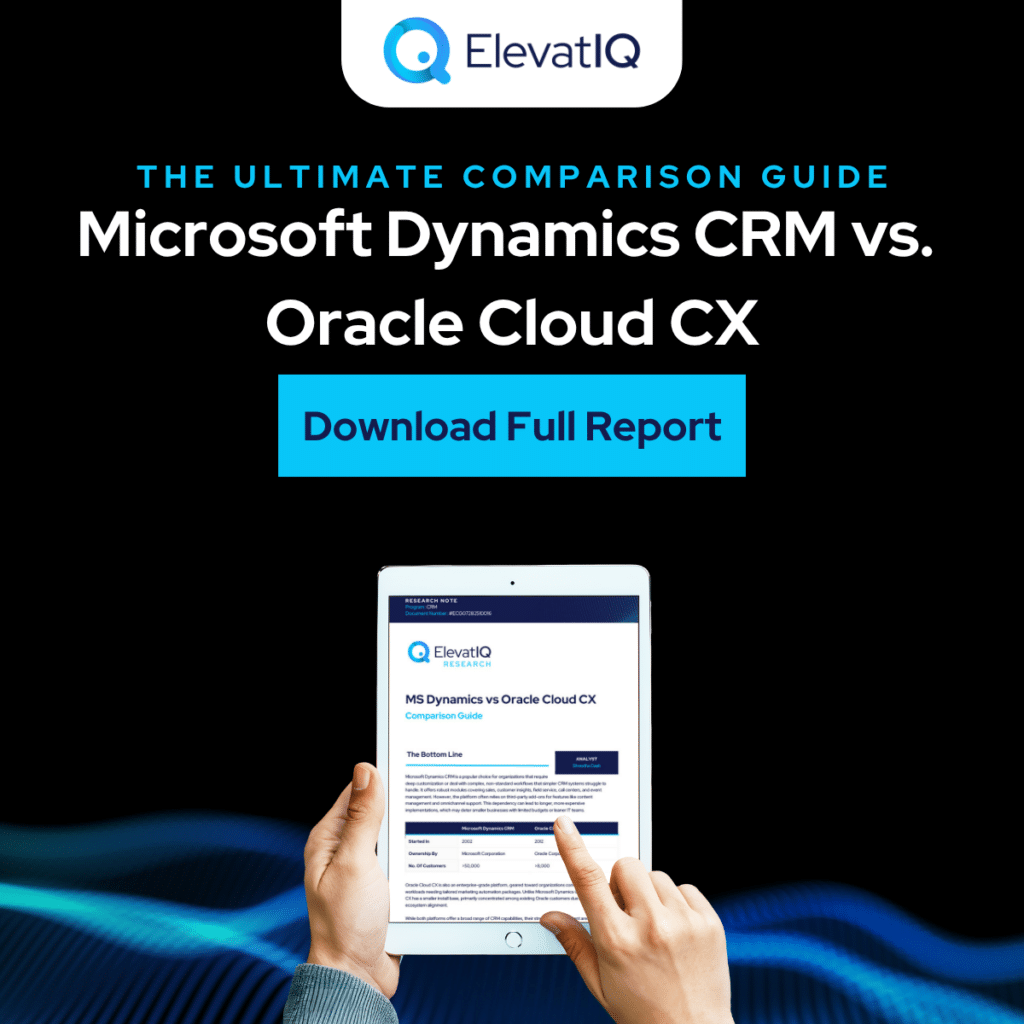Sage ERP Expense Management: Enhanced Through Fyle Acquisition
Sage has acquired Fyle, an AI-powered expense management platform, expanding their ERP expense management capabilities for organizations seeking integrated financial solutions. For ERP buyers currently evaluating business management systems, this acquisition provides insight into how this enhancement will evolve and what it means for implementation decisions.
Understanding the Sage ERP Expense Management Enhancement
The acquisition of Fyle represents Sage’s strategic approach to strengthening their Sage ERP expense management offerings without developing these capabilities internally. This move addresses a common operational challenge that many organizations face when implementing comprehensive ERP solutions.
Key Details About Fyle
Here is the brief overview of Fyle:
Company Background
- Founded in 2016, focusing on expense management automation
- Developed AI-powered receipt tracking and reconciliation technology
- Serves small and mid-sized businesses seeking streamlined expense processes
- Built integration capabilities with multiple accounting platforms
Core Technology Features
- AI engine for automated expense categorization and tracking
- Mobile-first design allowing expense submission via text messages
- Real-time receipt processing and data extraction
- Automated approval workflows and policy compliance checking
Current Integration Status: Fyle already integrates with Sage Intacct and Sage 300 Construction and Real Estate, demonstrating established connectivity with Sage’s ecosystem. This existing integration framework provides a foundation for expanding Sage’s expense management across the broader product portfolio, thereby strengthening its offerings without the need to develop these capabilities internally. This move addresses a common operational challenge that many organizations face when implementing comprehensive ERP solutions.
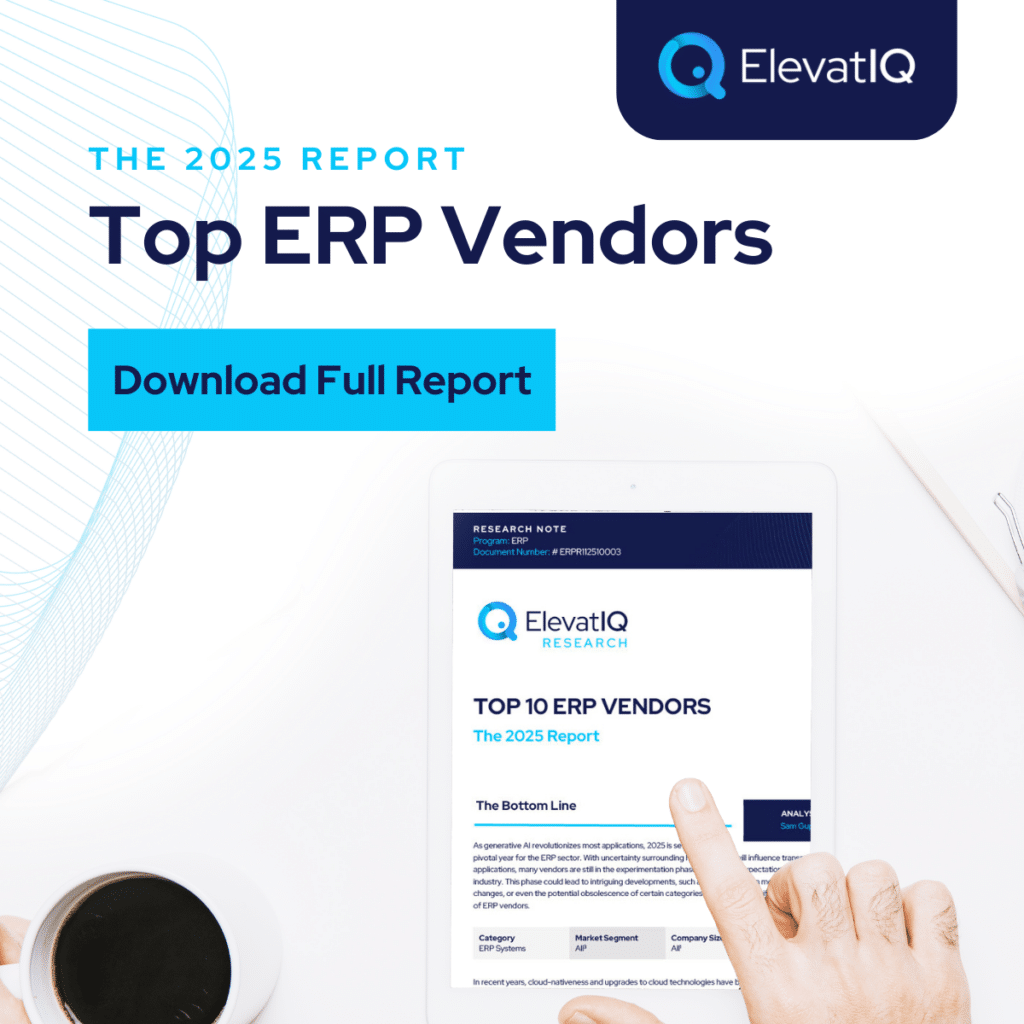
Strategic Context for ERP Buyers
Dan Miller, Sage’s EVP of Financials and ERP, explained the acquisition’s purpose: “In 2025, financial leaders are expected to play much more strategic roles than ever before and are looking for every way to get a high-performance edge.” This statement reflects how Sage ERP expense management needs have evolved beyond basic transaction processing. Organizations now require expense management systems that reduce administrative overhead while providing strategic financial insights.
Current Sage ERP Expense Management Capabilities
Understanding what’s available today versus future enhancements is crucial for ERP buyers making implementation decisions.
Existing Integration Features
Fyle’s current integration capabilities provide a solid foundation for organizations evaluating expense management solutions within the Sage ecosystem.
Immediate Capabilities:
- Fyle’s platform continues operating with current Sage Intacct users
- Existing workflow automation remains functional during transition
- Third-party accounting system support maintained
- Mobile expense submission capabilities available now
Integration Strengths: The current integration demonstrates several technical capabilities that ERP buyers should evaluate:
- Real-time data synchronization between expense platform and ERP system
- Automated general ledger posting with proper account coding
- Multi-currency support for organizations with international operations
- Configurable approval hierarchies that align with organizational structure
Planned Enhancement Timeline
The roadmap ahead outlines progressive improvements that will strengthen the integration between Fyle and Sage’s comprehensive ERP platform.
Short-term Expectations
- Enhanced user interface consistency across modules
- Improved reporting integration with existing Sage financial reporting tools
- Streamlined user provisioning and security management
Medium-term Development
- Native integration across the full Sage ERP product portfolio
- Advanced analytics and spend visibility features
- Enhanced mobile capabilities for field-based employees
Long-term Vision
- AI-powered expense policy enforcement and fraud detection
- Predictive analytics for budget planning and spend forecasting
- Integration with Sage’s broader AI copilot initiative
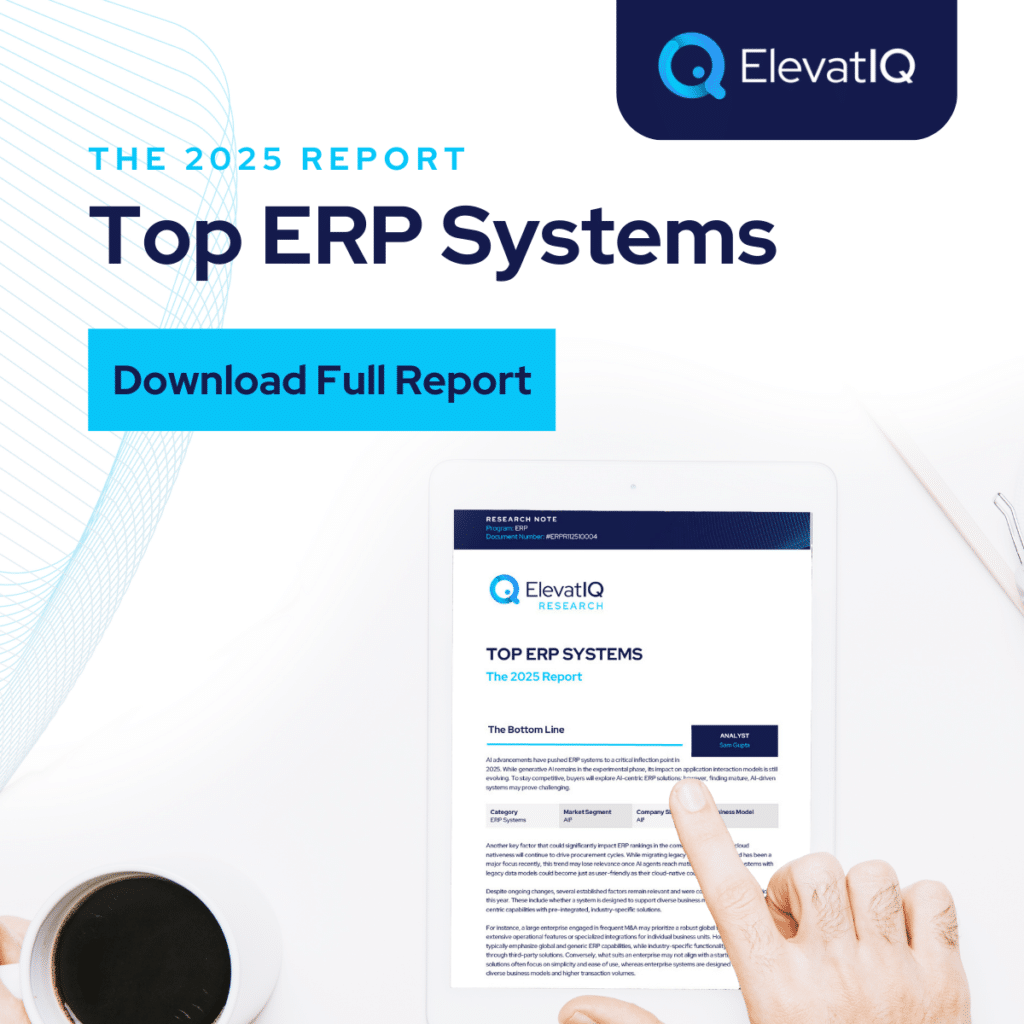
ERP Selection Considerations for Expense Management
Organizations evaluating ERP solutions should assess Sage ERP expense management capabilities within their broader system requirements.
Critical Evaluation Questions
For Current Sage Users: ERP buyers already using Sage products should consider how this acquisition affects their current operations:
- Will existing expense management processes require modification?
- What training will be needed for enhanced Sage ERP expense management features?
- How will data migration from current expense systems be handled?
- What additional costs might be associated with upgraded capabilities?
For Prospective ERP Buyers: Organizations considering Sage should evaluate Sage ERP expense management within their total system requirements:
- What implementation timeline is realistic for full integration?
- How do current capabilities compare to immediate business needs?
- What risks exist in basing selection decisions on promised future features?
- How does Sage ERP expense management compare to competitive solutions?
Competitive Analysis Framework
ERP buyers should evaluate Sage ERP expense management against these criteria:
Current Functionality Assessment
- Available features today versus promised enhancements
- Integration maturity with core financial modules
- User experience consistency across expense and ERP workflows
- Mobile capabilities for remote and field-based employees
Vendor Capability Analysis
- Total cost of ownership including implementation and ongoing fees
- Sage’s track record with similar acquisitions and integrations
- Technical support quality during transition periods
- Development timeline reliability for promised features

Implementation Planning for Sage ERP Expense Management
Organizations planning to implement enhanced Sage ERP expense management should consider practical deployment factors.
Timeline and Resource Planning
Immediate Implementation Considerations: For organizations implementing Sage ERP expense management today, several factors require attention:
- Current Fyle users can continue normal operations during integration
- New implementations should plan for potential feature changes during transition
- Training requirements may evolve as native integration develops
- Data backup and migration planning becomes more critical
Resource Allocation: Successful Sage ERP expense management implementation requires dedicated resources for:
- User training on new workflows and mobile capabilities
- Process documentation updates reflecting integrated functionality
- Change management to ensure adoption across finance teams
- Performance monitoring to validate system integration success
Risk Mitigation Strategies
Technical Risk Management: ERP buyers implementing Sage ERP expense management should plan for potential integration challenges:
- Maintain backup processes during system transitions
- Establish performance benchmarks for integrated workflows
- Plan phased rollouts to minimize business disruption
- Develop contingency procedures for integration issues
Organizational Change Management: Successful Sage ERP expense management adoption requires attention to user experience factors:
- Support systems for users transitioning from legacy expense processes
- Feedback mechanisms to identify and address adoption barriers
- Comprehensive training programs for new mobile submission workflows
- Clear communication about process changes and benefits
Market Context and Competitive Positioning
The Fyle acquisition positions Sage ERP expense management within broader market trends affecting ERP selection decisions.
Industry Trends Impacting ERP Selection
- AI Integration Acceleration: ERP buyers increasingly expect AI-powered automation in financial processes. Sage ERP expense management enhanced with Fyle’s AI capabilities addresses this market demand, though buyers should evaluate actual AI functionality versus marketing claims.
- Mobile-First Expectations: Modern expense management requires mobile-native functionality for remote and field-based employees. The text message submission capability in Sage ERP expense management reflects this trend, though implementation success depends on user adoption and system reliability.
- Integration Complexity Reduction: Organizations prefer unified platforms over multiple point solutions. Enhanced Sage ERP expense management offers this integration, though buyers should verify actual workflow efficiency gains during evaluation processes.
Competitive Comparison Factors
ERP buyers should evaluate Sage ERP expense management against alternative solutions using these criteria:
- Feature Completeness: How do current capabilities compare to comprehensive expense management requirements?
- Integration Maturity: What level of native integration exists today versus promised future development?
- Implementation Complexity: How much technical and organizational effort is required for successful deployment?
- Total Cost Analysis: What are the complete costs including software, implementation, training, and ongoing support?
Strategic Recommendations for ERP Buyers
Organizations evaluating ERP solutions should approach Sage ERP expense management enhancement as one factor in comprehensive system selection.
Decision Framework Elements
Requirements-Based Evaluation: Successful ERP selection prioritizes business requirements over vendor announcements. ERP buyers should:
- Document specific expense management workflow requirements
- Evaluate current Sage ERP expense management capabilities against these needs
- Assess risks of implementing systems with promised but undelivered features
- Compare total solution value across multiple vendors
Vendor-Neutral Assessment: Independent evaluation helps ensure objective analysis of Sage ERP expense management options:
- Work with experienced ERP consultants for unbiased capability assessment
- Request detailed demonstrations of current functionality, not future promises
- Validate integration claims through reference customer discussions
- Analyze vendor track record with similar acquisitions and integrations
Implementation Success Factors
Realistic Timeline Planning: Organizations implementing Sage ERP expense management should establish realistic expectations:
- Plan implementation based on current capabilities, not promised enhancements
- Allow additional time for integration testing and user training
- Build flexibility for feature changes during product evolution
- Establish success metrics based on business outcomes, not technical features
Change Management Priority: Technology acquisition success depends more on organizational adoption than technical capabilities:
- Invest in comprehensive user training for new Sage ERP expense management workflows
- Develop communication strategies explaining benefits and process changes
- Create support systems for users adapting to integrated expense processes
- Monitor adoption metrics and address barriers proactively
Looking Forward: Practical Expectations
The Sage-Fyle acquisition enhances Sage ERP expense management capabilities, but organizations should maintain realistic expectations about implementation impact and timeline.
Value Realization Timeline
- Immediate Benefits: Current Sage Intacct users may see improved expense submission workflows and mobile functionality within existing integration framework.
- Medium-term Enhancements: Native integration across Sage’s ERP portfolio will likely provide workflow efficiency gains, though timeline and scope remain uncertain.
- Long-term Strategic Value: AI-powered expense analytics and policy enforcement may deliver significant operational improvements, but require successful integration execution.
Success Measurement
Organizations implementing enhanced Sage ERP expense management should establish concrete success metrics:
- Reduction in expense report processing time and administrative overhead
- Improved compliance with expense policies through automated enforcement
- Enhanced spend visibility and financial reporting accuracy
- User satisfaction with mobile submission and approval workflows
The acquisition represents a positive development for Sage ERP expense management capabilities, but success will depend on execution quality and alignment with specific organizational requirements. ERP buyers should evaluate these enhancements within comprehensive system selection processes that prioritize business needs over individual feature announcements. For organizations currently in ERP selection processes, maintaining focus on proven capabilities while staying informed about emerging functionality provides the best foundation for successful implementation decisions.
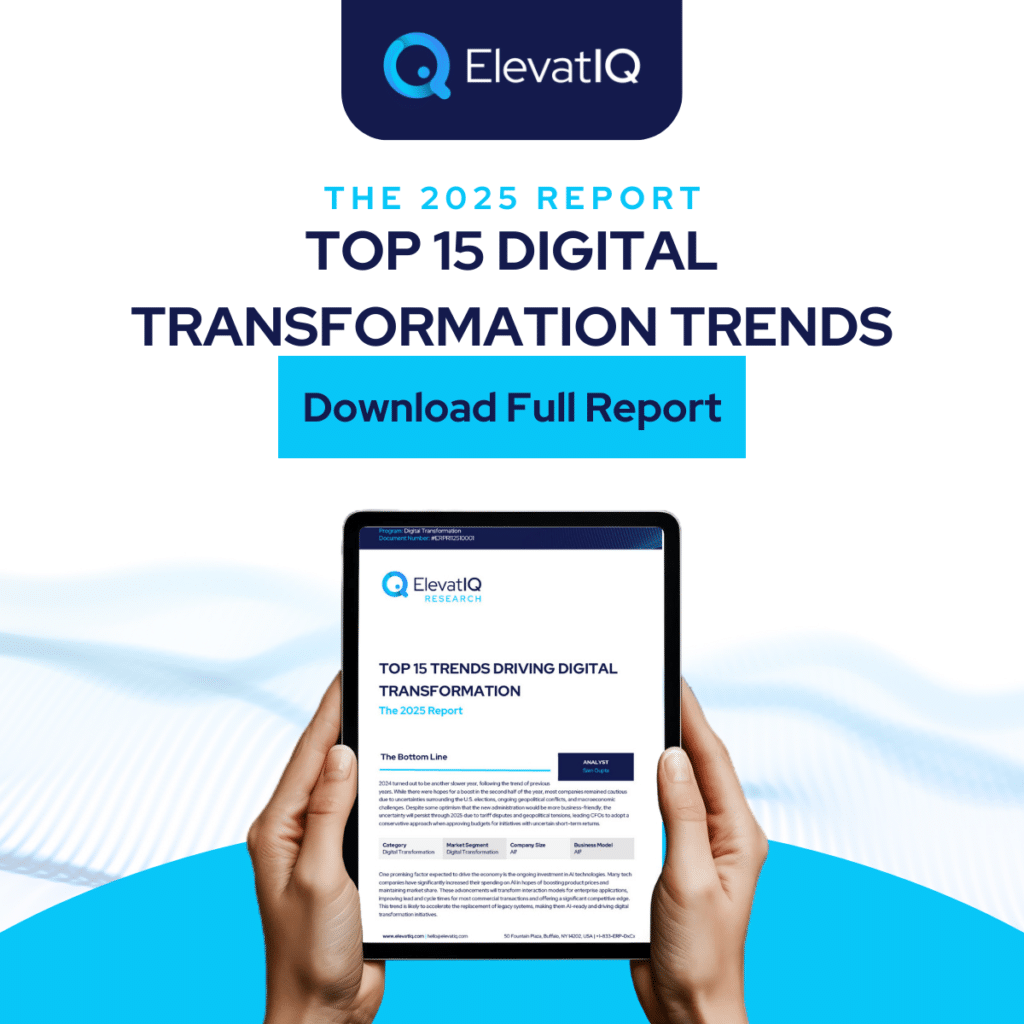
FAQs
Sage ERP Expense Management: Enhanced Through Fyle Acquisition Read More »

